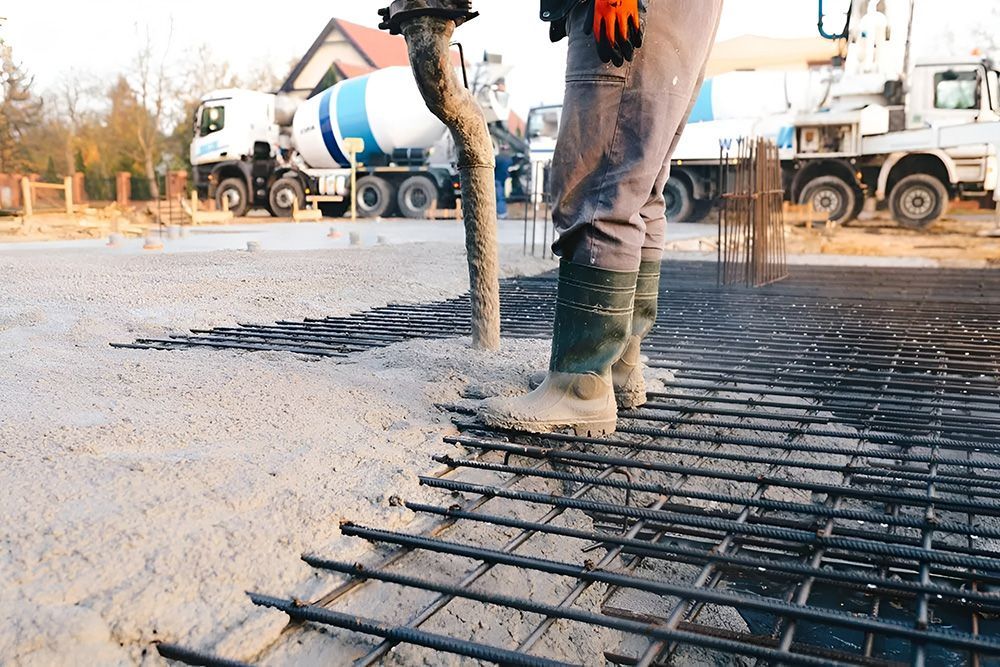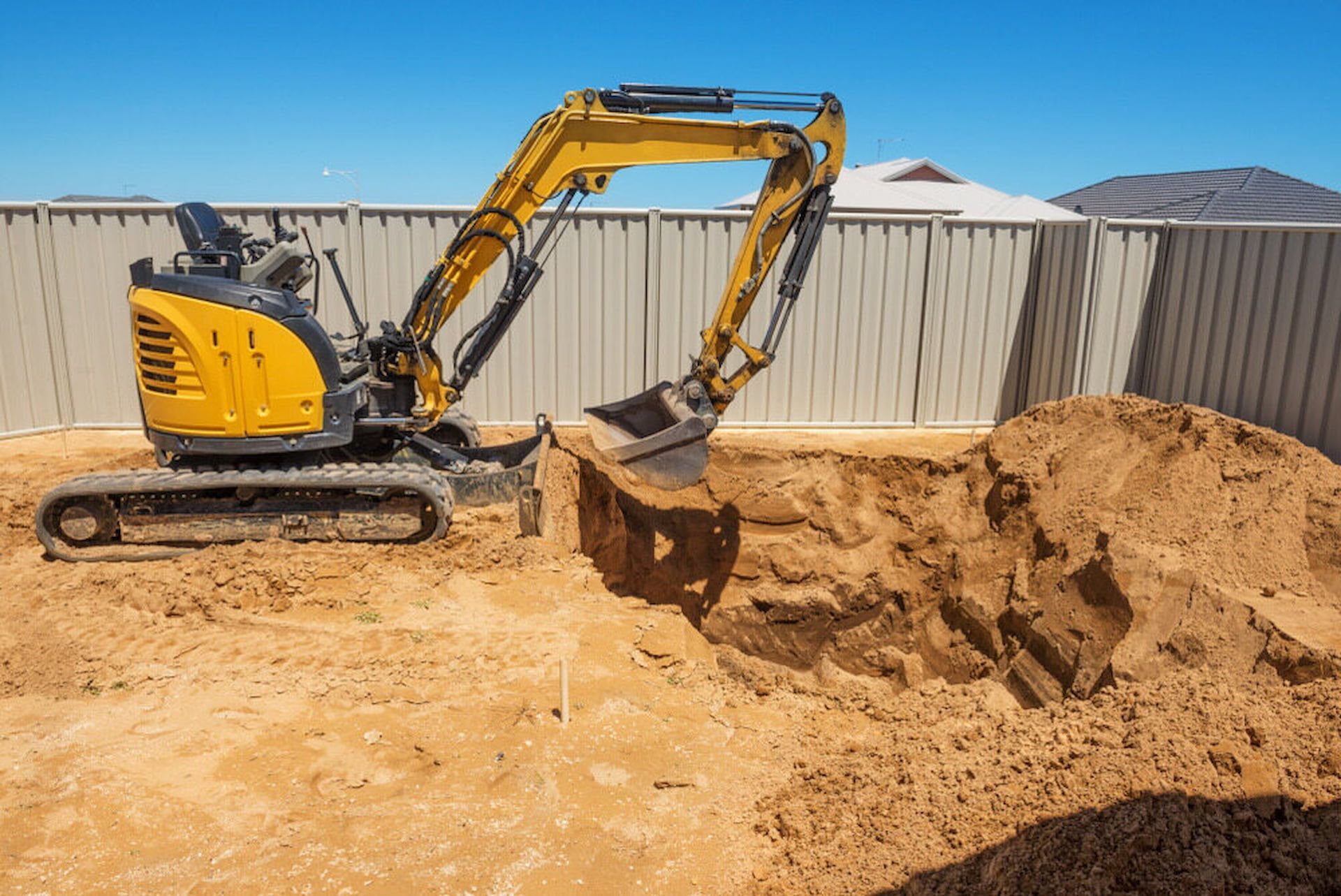How Weather Affects Concreting: Best Practices for Different Conditions
When it comes to concreting, the weather isn’t just a background condition—it’s a major player in how well the job turns out. In tropical regions, especially where concrete contractors in Darwin operate, fluctuating temperatures, high humidity, and seasonal rainfall can drastically impact how concrete sets, cures, and performs long-term. Each of these environmental factors influences mix design, setting time, and structural integrity. That’s why knowing how to work around these weather patterns is a fundamental part of any concreting service in Darwin.
This blog unpacks how key weather elements affect the concreting process and offers practical tips on how contractors handle them to ensure a strong, durable result in every project.
Avoiding Cracks in High Heat
Hot weather is one of the most challenging conditions for concrete work. High ambient temperatures speed up the evaporation of moisture in freshly laid concrete. This rapid loss of water can cause shrinkage cracks before the mix has had a chance to properly cure.
To minimise cracking in hot conditions, concrete contractors adopt the following practices:
- Start early or late: Pours are scheduled in the cooler hours of the morning or late afternoon to avoid peak heat.
- Cool down materials: Water and aggregates are sometimes pre-cooled or shaded prior to mixing.
- Use evaporation retarders: These are applied on top of the concrete to reduce surface moisture loss.
- Cover exposed concrete: Damp hessian or plastic sheeting helps keep the moisture in during the early stages of curing.
Managing Concrete in Cooler Mornings
In Darwin, early mornings during the dry season can bring cooler temperatures, especially before sunrise. Although mild, these conditions can slow down the hydration process, delaying the initial set and prolonging the time it takes for concrete to gain strength.
To adapt to this, Darwin concreting services take steps such as:
- Using heated mixing water: Gently raising the water temperature helps speed up early hydration.
- Adding accelerators: Chemical additives are used to prompt the mix to set faster.
- Avoiding excess water: Overcompensating for sluggish flow with too much water can weaken the final product.
- Maintaining curing temperature: Blankets or insulating covers retain warmth around the pour.
Dealing with Humidity in Tropical Conditions
Humidity is a double-edged sword for concrete. On one hand, it slows down evaporation, which can help with curing. On the other, it can delay finishing, promote surface bleeding, and affect the consistency of the mix.
Concrete contractors in Darwin adjust for humidity by:
- Tweaking the mix: Reducing water content slightly to compensate for higher atmospheric moisture.
- Using admixtures: Air-entraining agents and plasticisers help improve workability and surface finish.
- Monitoring finish timing: Finishing tools are used carefully and at the correct stage to avoid trapping excess moisture.
Best Practices for Rain-Prone Days
Tropical climates are infamous for surprise rain events, particularly during the wet season. Rain can ruin the surface of freshly poured concrete, wash away cement paste, and prevent a strong bond from forming.
To prevent weather from disrupting a job, contractors use techniques like:
- Covering pour zones: Tarp structures or portable shelters protect active work sites.
- Delaying finishing: Work is paused until excess water from light rain has evaporated or been removed.
- Redirecting surface water: Channels or temporary barriers keep runoff away from the site.
- Post-rain assessment: If rain hits during a pour, the affected area is reviewed before proceeding to ensure there’s no compromise in structure.
Timing Your Pour Around Tidal Weather Patterns
Concrete work in Darwin is often scheduled with more than the calendar in mind. Tidal systems, heatwaves, and storm fronts can shift quickly, making timing critical. Experienced concrete contractors build flexibility into their schedule.
Here’s how they manage around unpredictable weather systems:
- Long-range forecasting: Forecast tools and tide charts are consulted regularly.
- Building buffers: Pours are scheduled with contingency days to avoid pouring just before rain is expected.
- Client communication: Clear updates are given when conditions require rescheduling.
- Stage-based planning: Large projects are split into smaller, manageable sections to allow for flexible sequencing.
Preparing Groundworks Before Weather Changes
The success of any concrete job depends on what happens before the mix is even poured. Ground conditions shift rapidly in tropical areas—from rock hard to waterlogged—so site preparation is tailored to both the season and forecast.
Key preparation techniques include:
- Moistening dry subgrades: Helps with compaction and prevents sudden absorption from fresh concrete.
- Adding granular fill: Improves drainage and load-bearing capacity in saturated soils.
- Compacting thoroughly: Ensures even settlement and prevents cracking later.
- Installing drainage: Minimises pooling or washout during wet weather.
Using Admixtures to Counteract Extreme Conditions
Admixtures are one of the most powerful tools concreters have to manage adverse weather. These chemical additives modify the behaviour of concrete during mixing, setting, and curing—helping contractors adapt quickly to conditions on the day.
Common types used in Darwin include:
- Retarders: Slow down setting in hot conditions to allow more working time.
- Accelerators: Speed up curing in cool weather or when rain is forecast.
- Water reducers: Improve strength and flowability without extra water.
- Air entrainers: Help with durability and finish under humid conditions.
Post-Pour Care When Conditions Vary
Even after the concrete is in place, weather can still affect its outcome. Curing is the final and often most overlooked stage of concreting, where moisture retention is critical to strength gain.
Concreting services in Darwin approach this stage with care:
- Use curing covers: Wet burlap, plastic sheets, or spray-on membranes are applied to retain moisture.
- Monitor temperature: Infrared thermometers help track surface temperature throughout the curing period.
- Avoid early stress: Barriers prevent foot or vehicle traffic before the slab is fully cured.
- Adjust timing for climate: In cool or humid weather, curing times are extended to allow full hydration.
Proper post-pour care ensures that the weather doesn’t undermine the quality of the concrete after all the effort that went into pouring it.
Book a Concrete Consultation Today
At JLM Contracting, we specialise in adapting concreting services in Darwin to meet the challenges of local weather. Whether you're planning a residential project or a large commercial job, we’re ready to help you navigate unpredictable conditions with practical solutions and high-quality outcomes.







